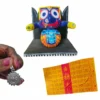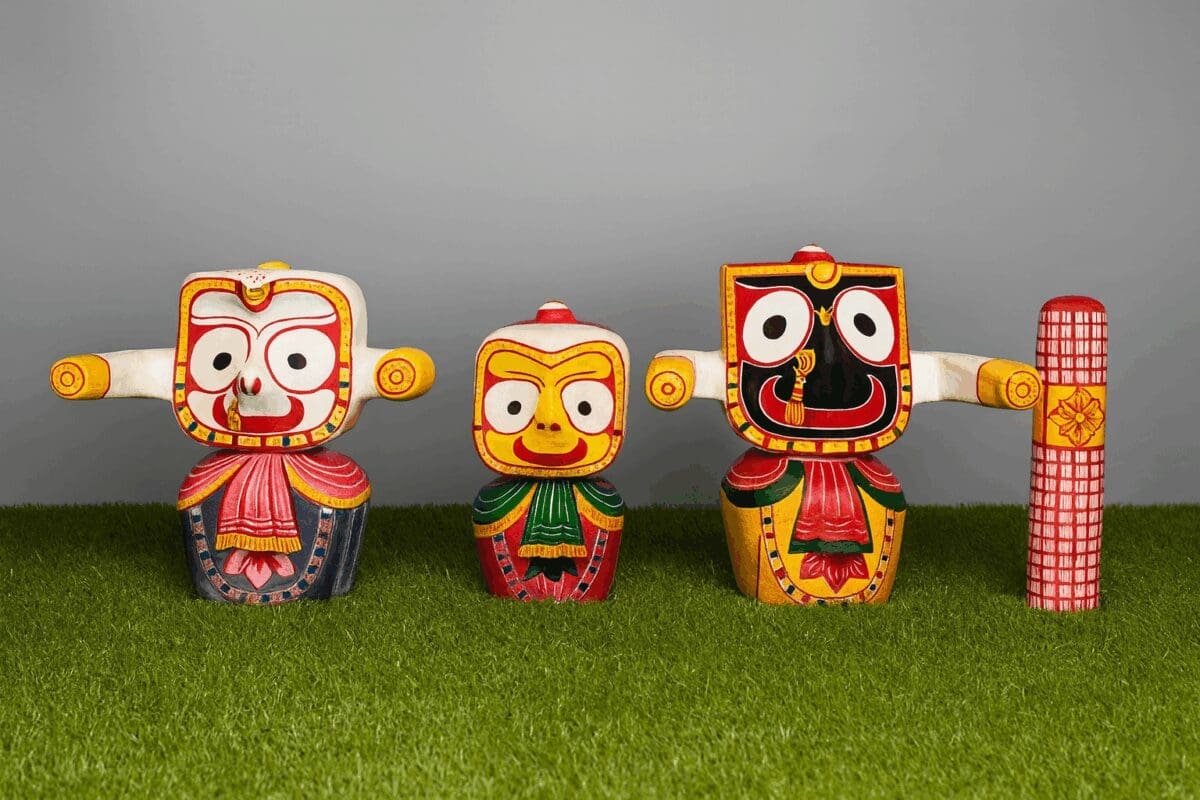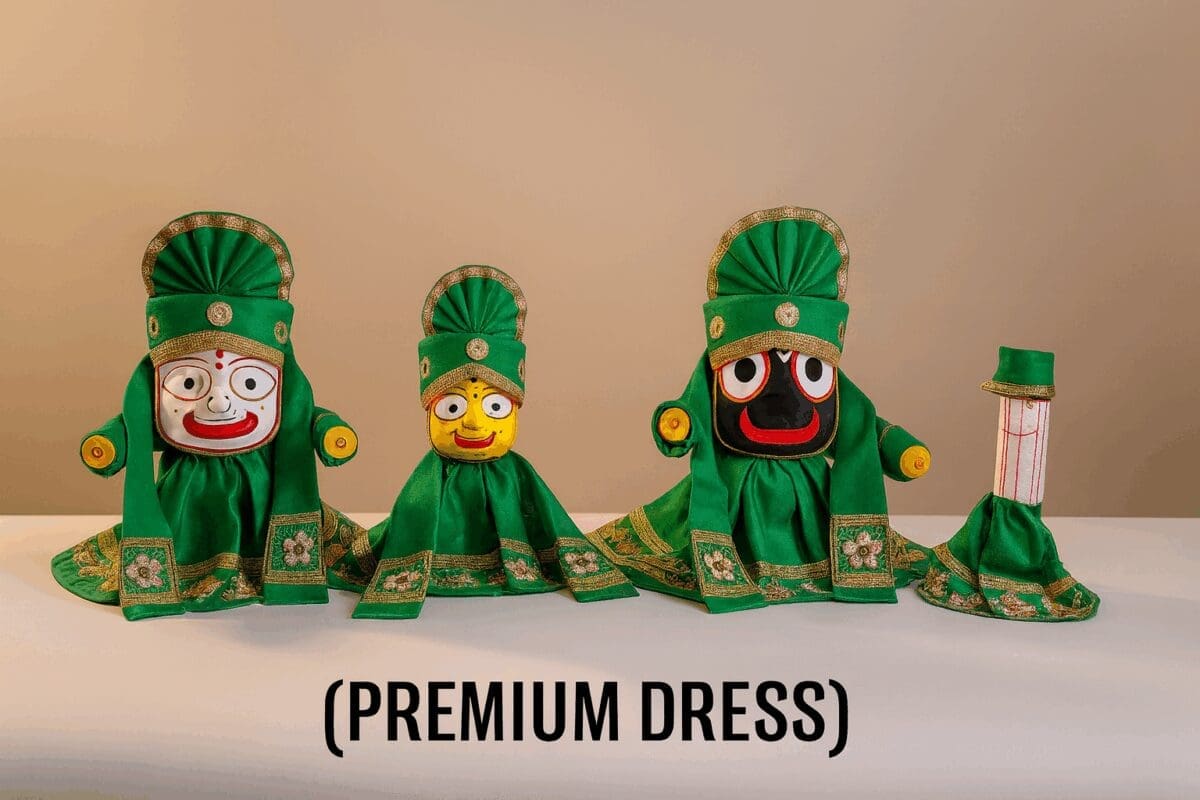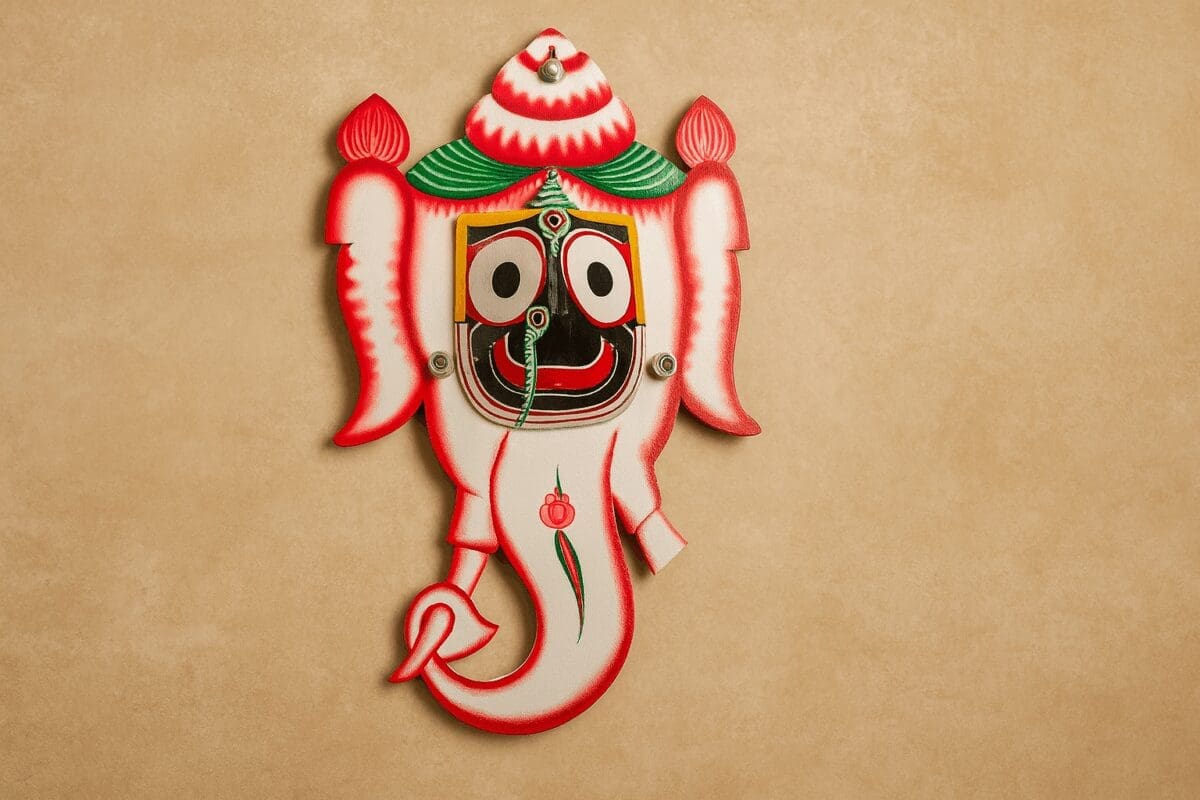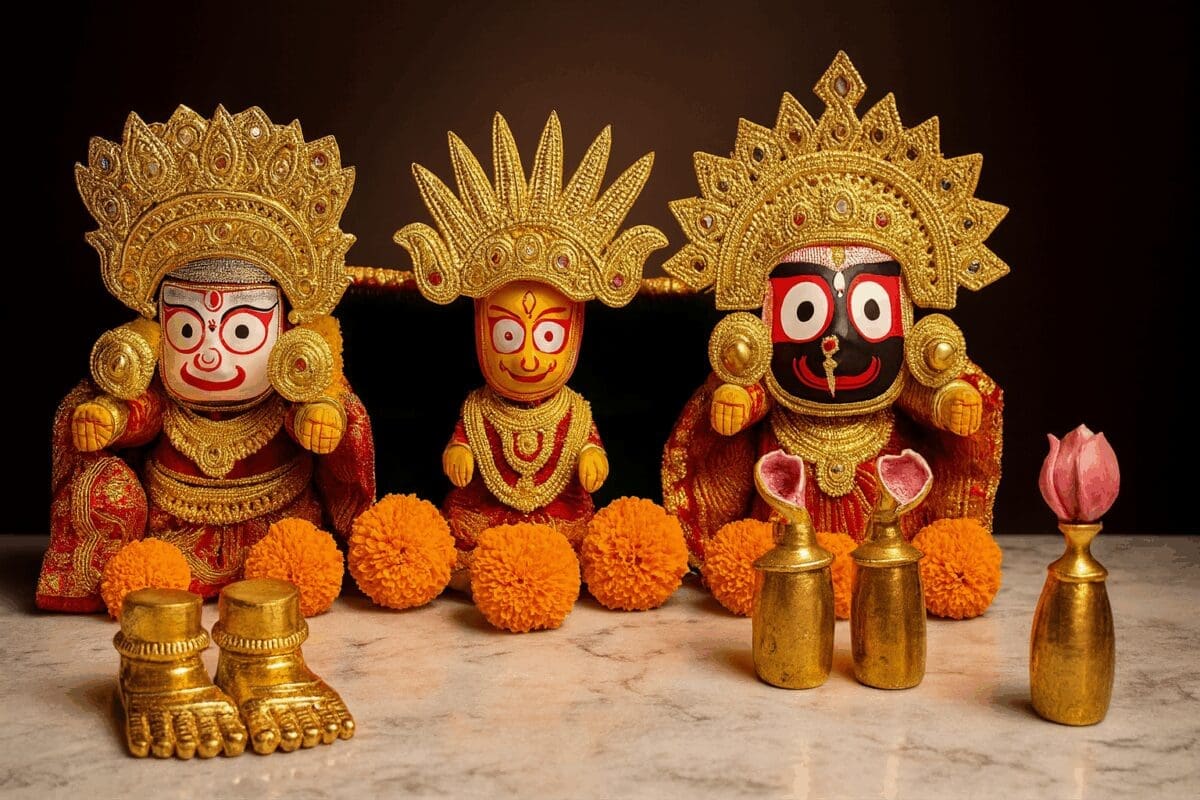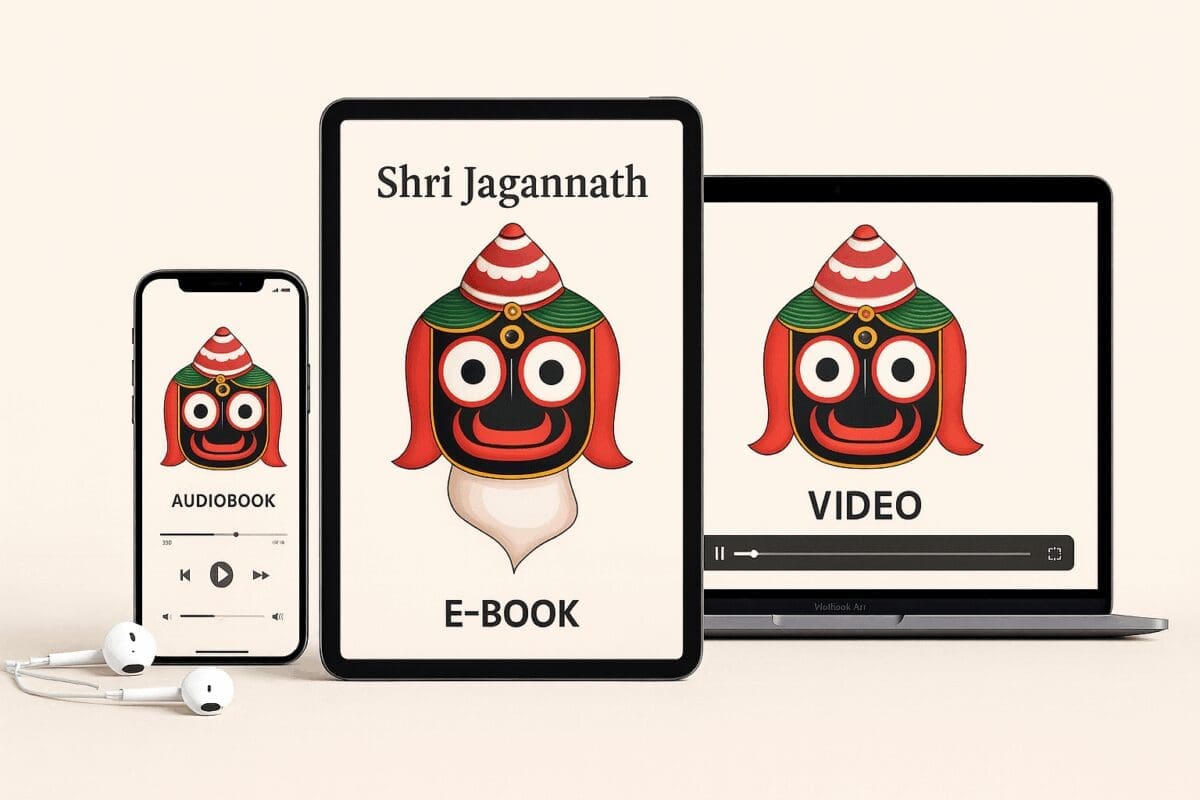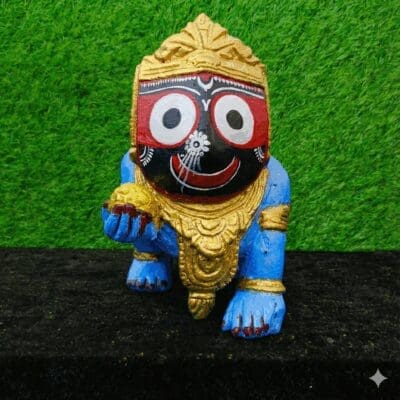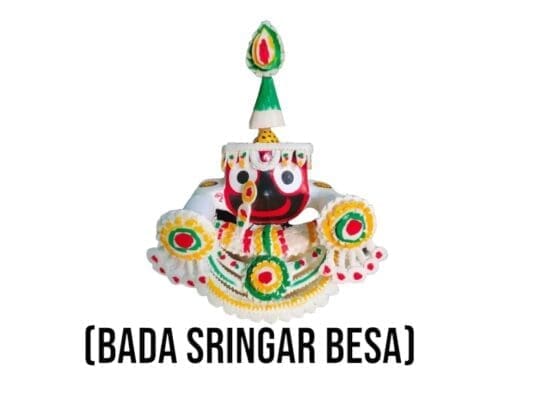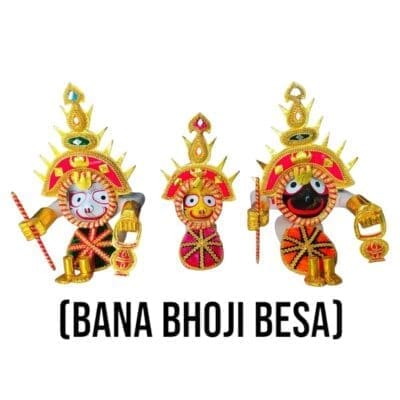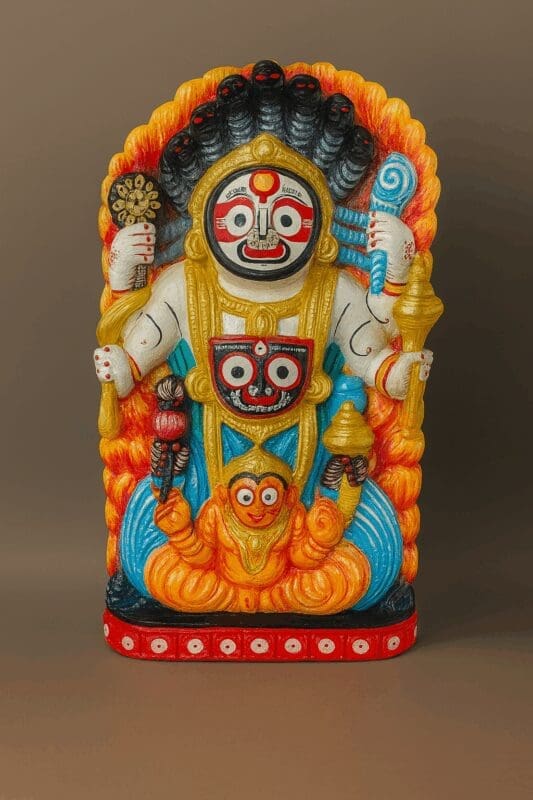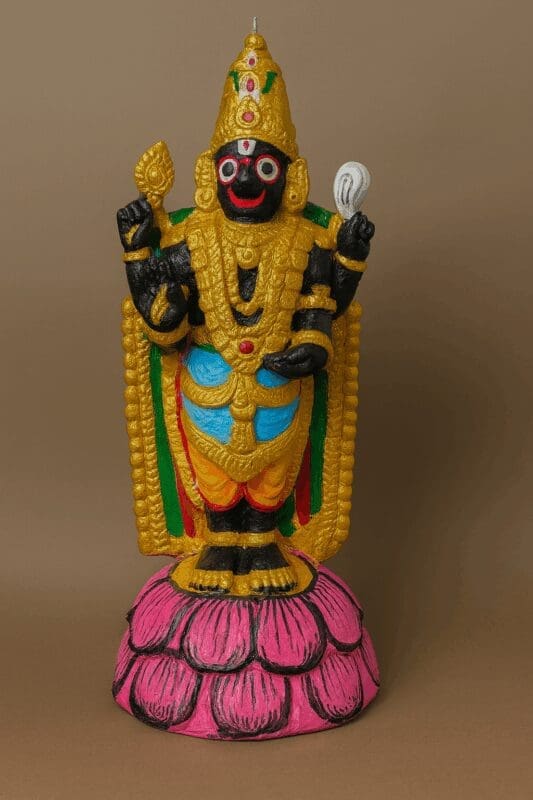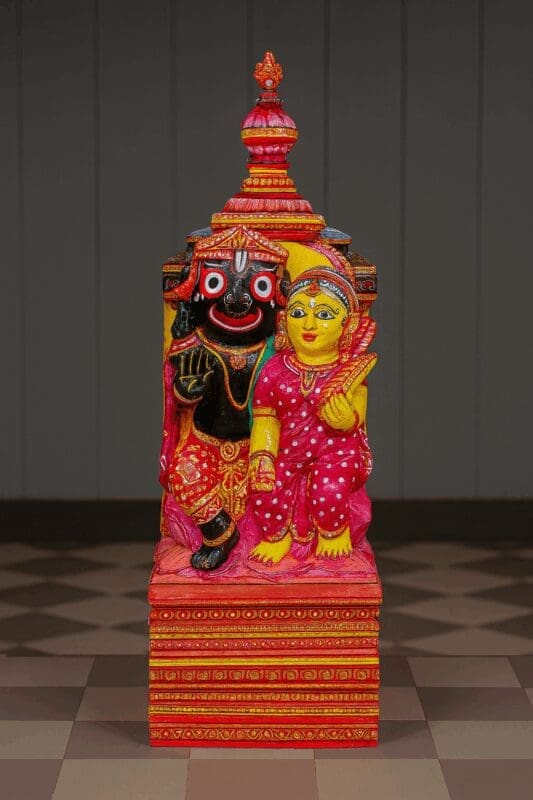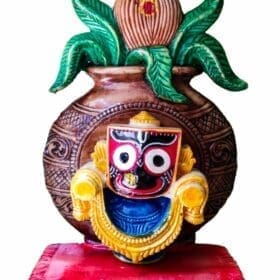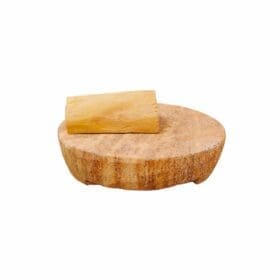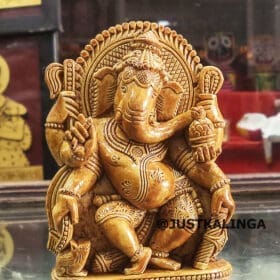-
×
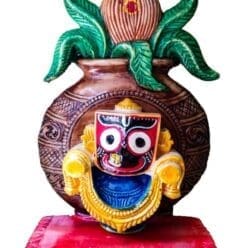 Mahaprabhu Marbles Art Idol
₹ 1,249.00
Mahaprabhu Marbles Art Idol
₹ 1,249.00 -
×
 Niradrinath gift hamper
₹ 1,859.00
Niradrinath gift hamper
₹ 1,859.00 -
×
 Chandan lagi seva(sandal wood)
₹ 2,356.00
Chandan lagi seva(sandal wood)
₹ 2,356.00 -
×
 Bije kahali For Shri Jagannath Mahaprabhu
₹ 2,998.00
Bije kahali For Shri Jagannath Mahaprabhu
₹ 2,998.00 -
×
 Shri Ganesh Nrutyam Mutri
₹ 1,499.92
Shri Ganesh Nrutyam Mutri
₹ 1,499.92 -
×
 Kaleswar Rupam Murti with silver locket
₹ 11,000.00
Kaleswar Rupam Murti with silver locket
₹ 11,000.00 -
×
 Chua Oil
₹ 499.00
Chua Oil
₹ 499.00 -
×
 Palm Leaf Lord Jagannath Mahaprabhu Lamp Shades(Blue)
₹ 1,119.00
Palm Leaf Lord Jagannath Mahaprabhu Lamp Shades(Blue)
₹ 1,119.00 -
×
 Lord Ganesh Natya ( Red Colour)
₹ 848.00
Lord Ganesh Natya ( Red Colour)
₹ 848.00 -
×
 Natural Light Filters
₹ 796.92
Natural Light Filters
₹ 796.92
You may be interested in…
-
Add
 Niladrinath Gift Hamper
Niladrinath Gift Hamper
₹ 10,599.00Original price was: ₹ 10,599.00.₹ 8,899.00Current price is: ₹ 8,899.00. -
Add
This product has multiple variants. The options may be chosen on the product page
 Grace Shawl for Pooja/fastival moments and Temple Visit
From ₹ 675.00
Grace Shawl for Pooja/fastival moments and Temple Visit
From ₹ 675.00 -
Add
 Aguru : The natural Perfume for Mahaprabhu
Aguru : The natural Perfume for Mahaprabhu
₹ 999.00Original price was: ₹ 999.00.₹ 799.00Current price is: ₹ 799.00. -
Add
 Snan Darpan: for Shri Jagannath mahaprabhu's bathing rituals
Snan Darpan: for Shri Jagannath mahaprabhu's bathing rituals
₹ 5,500.00Original price was: ₹ 5,500.00.₹ 4,749.00Current price is: ₹ 4,749.00. -
Add
 Jagannath mahaprabhus Jhulana Palinki
Jagannath mahaprabhus Jhulana Palinki
₹ 399.00Original price was: ₹ 399.00.₹ 249.00Current price is: ₹ 249.00.


 Niradrinath gift hamper
Niradrinath gift hamper  Chandan lagi seva(sandal wood)
Chandan lagi seva(sandal wood)  Bije kahali For Shri Jagannath Mahaprabhu
Bije kahali For Shri Jagannath Mahaprabhu  Shri Ganesh Nrutyam Mutri
Shri Ganesh Nrutyam Mutri 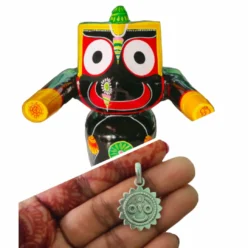 Kaleswar Rupam Murti with silver locket
Kaleswar Rupam Murti with silver locket  Chua Oil
Chua Oil  Palm Leaf Lord Jagannath Mahaprabhu Lamp Shades(Blue)
Palm Leaf Lord Jagannath Mahaprabhu Lamp Shades(Blue)  Lord Ganesh Natya ( Red Colour)
Lord Ganesh Natya ( Red Colour)  Natural Light Filters
Natural Light Filters 